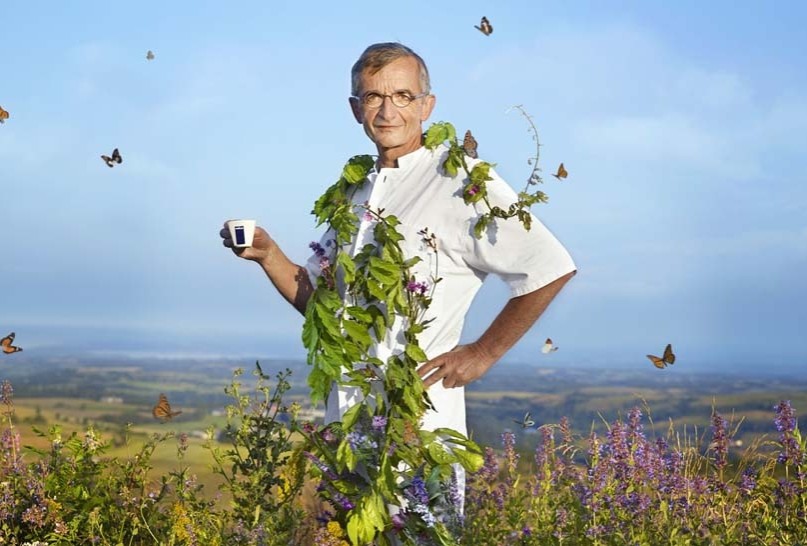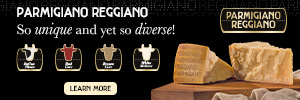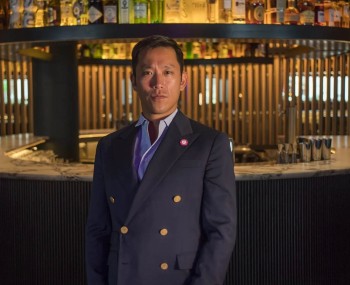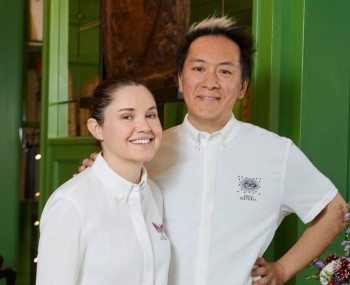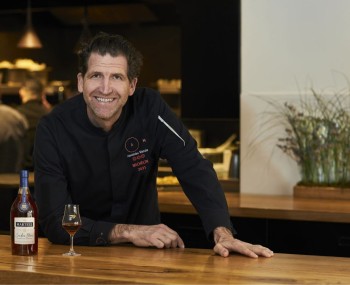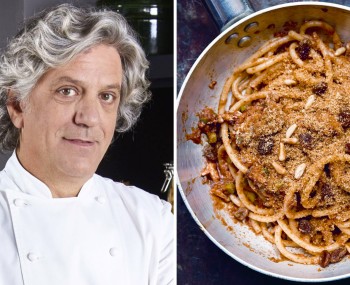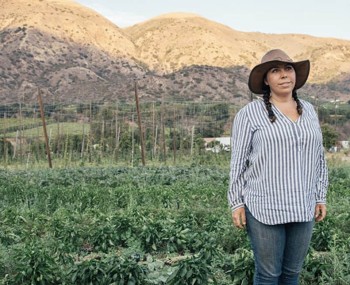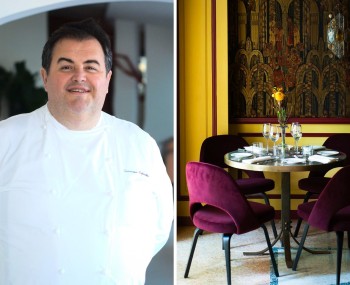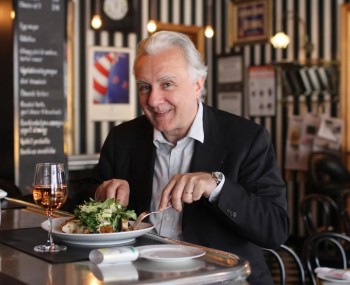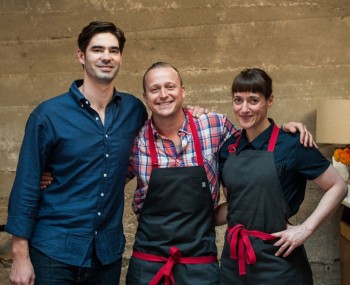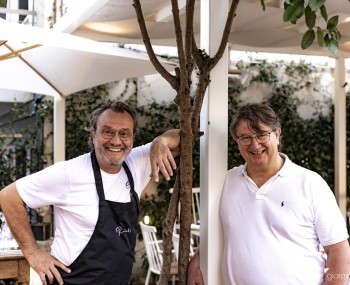Amongst the ever most influent cooks, Michel Bras is very careful while he illustrates a paradigm of a cuisine colliding with tics and modern trends of the creative acceleration, and the exasperated technicality.
The interview
Silence! Bras is talking. Maybe there is no cook in the world that today holds an almost reverential authority, as the chef of Laguiole, that Bob Noto considered the real winner and most influential cook of contemporary cuisine, way more than his friend Ferran Adrià. Without his poetical naturalism and his plant exploration, completely self-taught, maybe cuisine would have taken a different path. One can just think that it was 1978 when he created the first vegetarian menu in history, introducing groundbreaking concepts, now universal. “But I do not feel in any way a founder,” he skirmishes answering the compliments.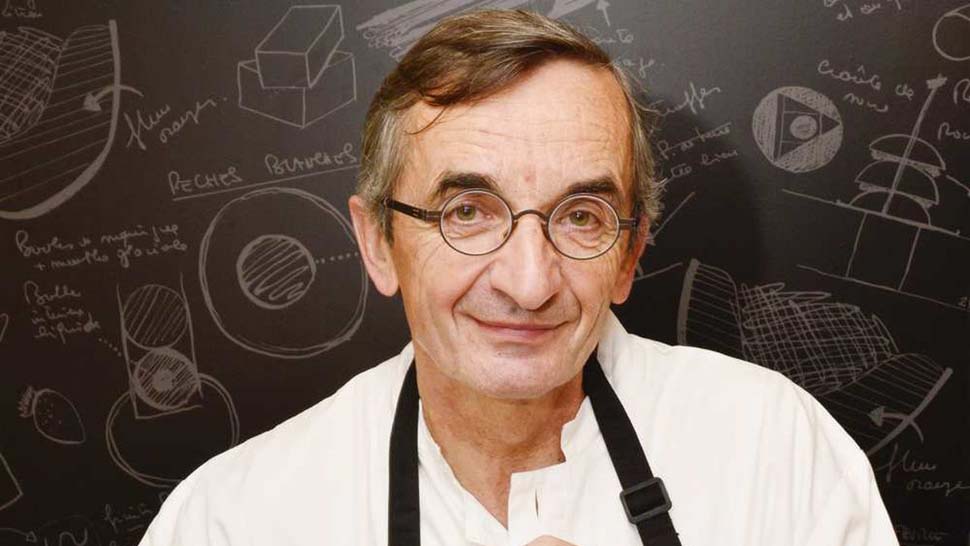
Today that the restaurant is run daily by his son Sébastien, his gaze seems to have gotten even deeper. “I am not a cook in the literal sense of the word,” he starts while telling us that he stood by the stoves since he was 18, a but by chance and for necessity, since his mother was sick, and an extra hand was needed. But he was planning on the scientific studies. Then, the conversion, when he understood that catering could have been a way to share feelings with whom he loved and the world in general. “It is the instrument that I found to express my relationship with nature. I want to be a vector of happiness and cooking allows me to show my heart. On the way I freed myself from everything that stiffened me, from the codes related to the products or the dining service.”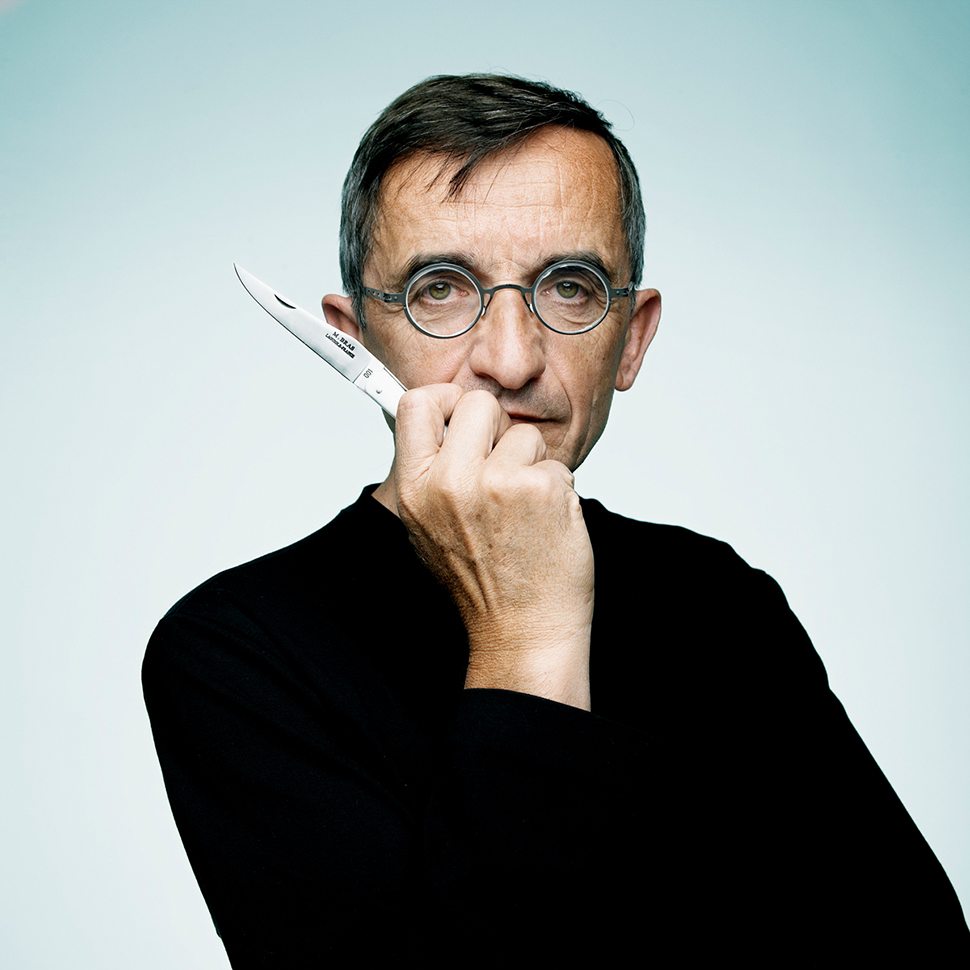
"For me the way in which cooks express themselves must coincide with their soul, this is what the guests should find on the plate and in the place in which they decided to operate. I feel quite far from a cuisine of images and spectacle,” he continues without naming anyone, but while probably referring to Albert Adrià’s fun dining or to the gesamtkunstwerk from Rasmus Munk. “Food should be love, shared. Nowadays the problems come from the kitchens that put the image before the emotion. I am interested in all the cooks, if their kitchen represents the expression of them.”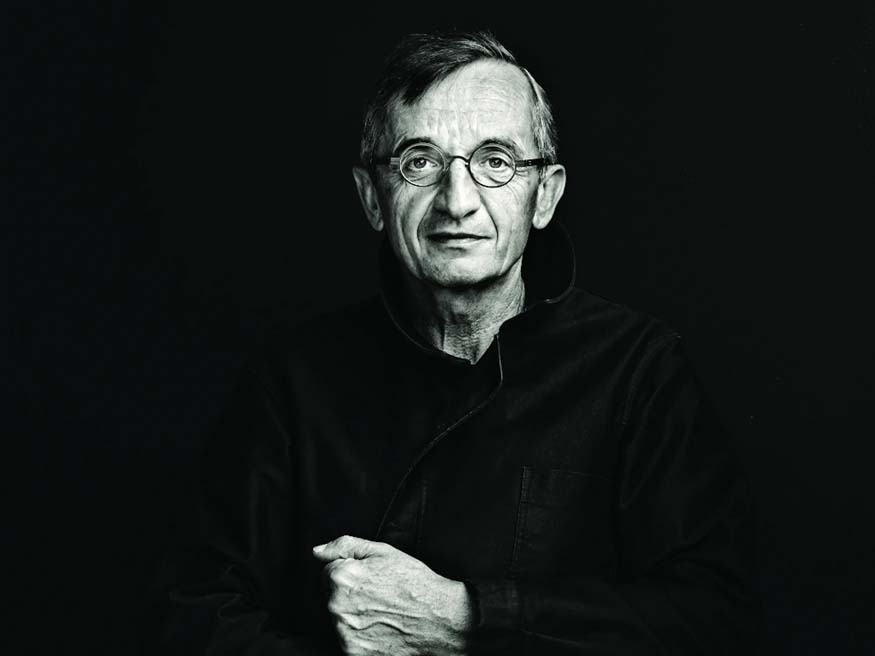
The same timing is well different from the one of media and congresses for this elusive genius. “It took me 35 years to finalize the gargouillou,” talking of his masterpiece. “It is the signature dish of a mature chef that dominates the elements and the technique. I ran marathons for half a century. Meanwhile I felt the feelings on top of my lungs. The gargouillou is the portrait of those flowers, those herbs, of the landscapes they traverse. It is not a dish that materialized one day, rather it reached its apex within the 30 – 35 years, with well tamed techniques.” The renowned Gargouillou by Michel Bras
The renowned Gargouillou by Michel Bras
Another everlasting signature from Bras is the celebrated coolant au chocolat (here you can find the original recipe). “I admit having a fascination for chocolate as the star of the plate. If I must pick an important date, I remember a day I was coming back from skiing with my children and wife. It was extremely cold; the snow was falling in front of us like a wall that made us freeze. My wife prepared as always, the usual hot chocolate and my children put their hands on the cups to warm up. I wanted to replicate the idea of a chocolate that captures the atmosphere when you open the package. It took me two years, but I felt satisfied to have translated such a strong emotion technically. Morale: technique should be serving cuisine, never the opposite.”
Source: Siete Canibales
Find the article here
Source: Crediti Maison Bras


